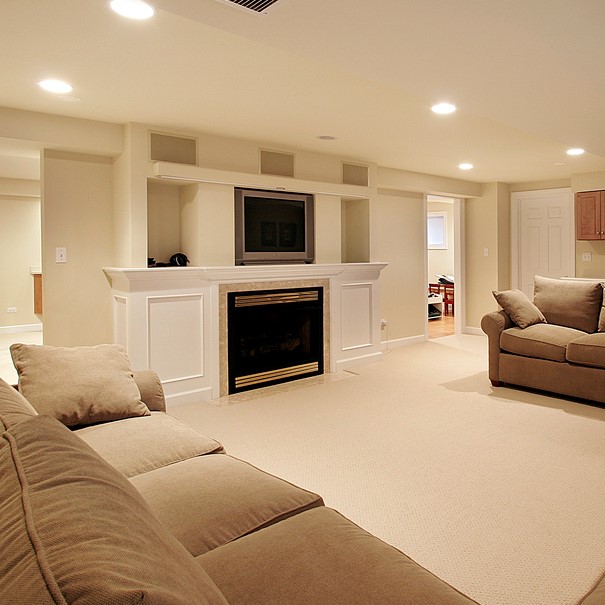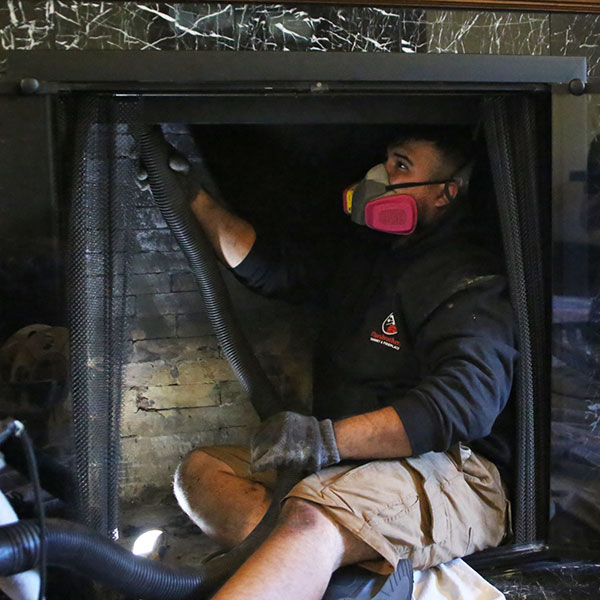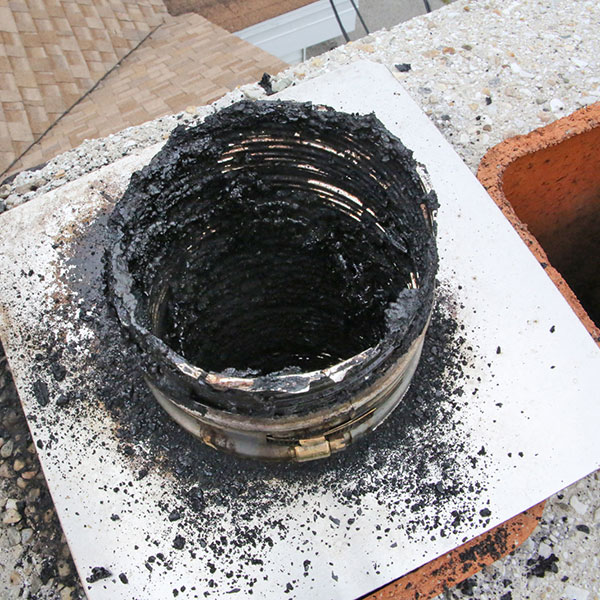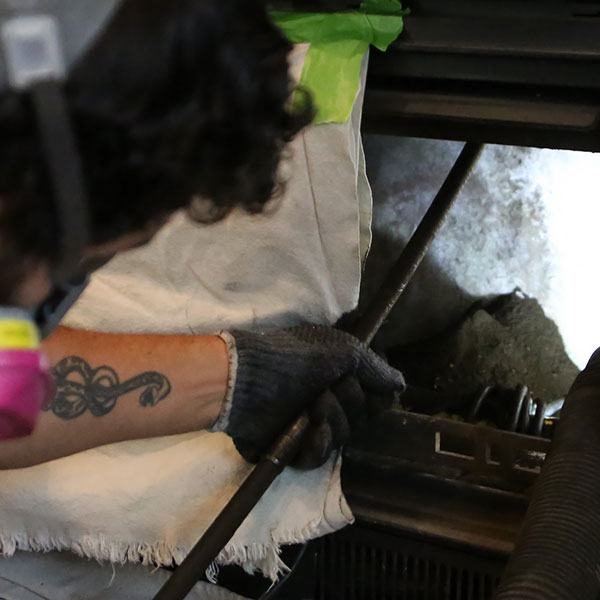Chimney Inspection: Chimney Areas You Should Focus On
To ensure safety and efficiency of your fireplace, you need to undertake chimney inspection. It’s recommended that you hire a chimney contractor to inspect the chimney, but if you have the right tools and basic skills, you can go ahead and inspect the chimney on your own. Here are the areas of the chimney that you should inspect:
Firebox
Look inside the firebox lining and identify cracks, gaps and signs of wear. To see signs of deterioration brush both the sides and bottom of the firebox with a stiff chimney brush.
If the lining is in bad condition, hire a chimney professional to fix it. Fixing the faulty areas ensures that the chimney doesn’t build up a lot of heat that can damage your chimney.
You should also inspect the creosote levels. If creosote is more than 3 mm, ask a chimney sweep to clean it.
Damper
Take a look at the damper door and ensure that it opens and closes smoothly. Also ensure that the damper fits securely in the brackets. Wear protective clothing and safety glasses to protect yourself from creosote and ash buildup that might drop in your eyes. After inspecting the damper leave it in closed position.
Grate
Take a look at the grate and ensure that it’s the correct size. A small grate means that the heat produced may not heat your house the right way. A larger grate is even worse. A large grate takes more wood resulting to large flames that can overheat your fireplace.
As a novice, it’s hard to know whether your grate is of the right size. You should hire a fireplace technician to measure your grate. If the grate is too large, hire a chimney company to replace it with a smaller one.
Flashing
The flashing prevents water from leaking into your house. You should put a lot of emphasis on the condition of your flashing especially if your house is old. The flashing may start leaking due to old age, corrosion and collection of debris.
If your chimney is leaking, ensure that you know the cause of the leakage. If the leakage is due to corrosion, remove the corroded material. If the flashing is old, hire a chimney masonry professional to remove the old one and replace with a new one.
Conclusion
You should inspect all parts of the chimney to have peace of mind that your chimney is safe. In case of any problem, hire a chimney repair professional to fix them.
The post Blog first appeared on First Class Chimney Services.
This post first appeared on https://www.firstclasschimneyservices.com
 Many homeowners mistakenly believe that you don’t need to clean the chimney if you’re not using the fireplace. However, that is not the case. Even if you’re not using the fireplace, you still need annual chimney inspections and periodic cleaning. That’s because cracks in the chimney cap, masonry, and other components will expose it to moisture that can affect its structural integrity, eventually leading to extensive repairs. Also, small animals, pests, dust, and debris can accumulate in the chimney. The damp and humid conditions and decaying organic matter can create conditions for mold and bacteria to grow. It can give your house a foul odor, attract rodents, and even cause health issues in some individuals, especially those with allergies, asthma, or respiratory conditions.
Many homeowners mistakenly believe that you don’t need to clean the chimney if you’re not using the fireplace. However, that is not the case. Even if you’re not using the fireplace, you still need annual chimney inspections and periodic cleaning. That’s because cracks in the chimney cap, masonry, and other components will expose it to moisture that can affect its structural integrity, eventually leading to extensive repairs. Also, small animals, pests, dust, and debris can accumulate in the chimney. The damp and humid conditions and decaying organic matter can create conditions for mold and bacteria to grow. It can give your house a foul odor, attract rodents, and even cause health issues in some individuals, especially those with allergies, asthma, or respiratory conditions. It’s easy to clean the chimney yourself.
It’s easy to clean the chimney yourself.
 One of the most common causes of a chimney leak is a damaged or missing chimney cap. The chimney cap is installed on top of the chimney to keep rain and snow out of the flue. Its constant exposure to seasonal weather changes can eventually cause the chimney cap to crack, corrode, or rust allowing water to leak in the chimney and fireplace. Strong wind gusts can cause it to separate from the chimney. If you notice water dripping in the fireplace or pooling in the firebox, your chimney cap may be damaged or missing.
One of the most common causes of a chimney leak is a damaged or missing chimney cap. The chimney cap is installed on top of the chimney to keep rain and snow out of the flue. Its constant exposure to seasonal weather changes can eventually cause the chimney cap to crack, corrode, or rust allowing water to leak in the chimney and fireplace. Strong wind gusts can cause it to separate from the chimney. If you notice water dripping in the fireplace or pooling in the firebox, your chimney cap may be damaged or missing. Preventing Chimney Leaks
Preventing Chimney Leaks
 Although the squeaky wheel usually gets the grease, it can be hazardous to use that policy with regard to your chimney. Sometimes the eye of an experienced, certified chimney sweep is required to spot evidence that a chimney or fireplace needs cleaning or repair. The following, however, are signs that you can see for yourself that fireplace or chimney cleaning or repair are needed.
Although the squeaky wheel usually gets the grease, it can be hazardous to use that policy with regard to your chimney. Sometimes the eye of an experienced, certified chimney sweep is required to spot evidence that a chimney or fireplace needs cleaning or repair. The following, however, are signs that you can see for yourself that fireplace or chimney cleaning or repair are needed. The Chimney Has White Stains
The Chimney Has White Stains
 Creosote Exposure
Creosote Exposure Respiratory Issues
Respiratory Issues